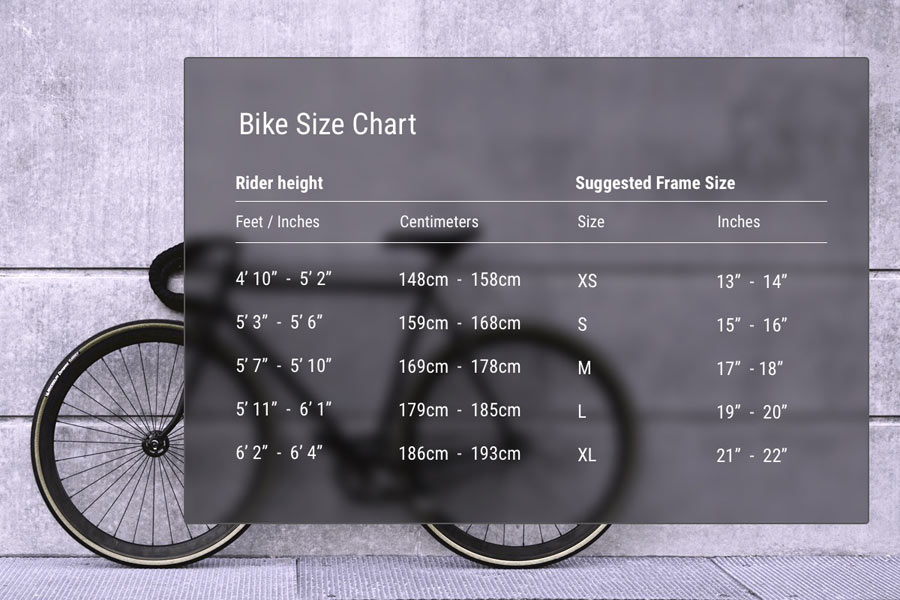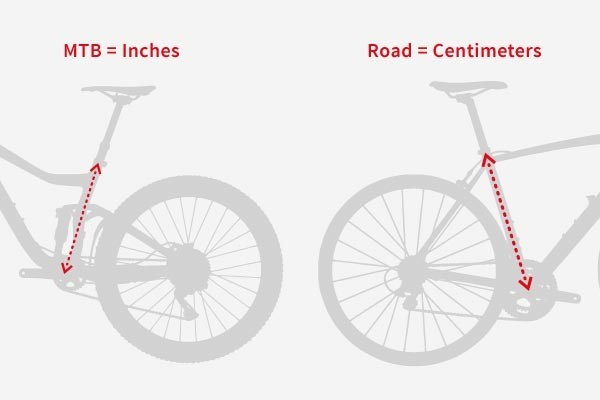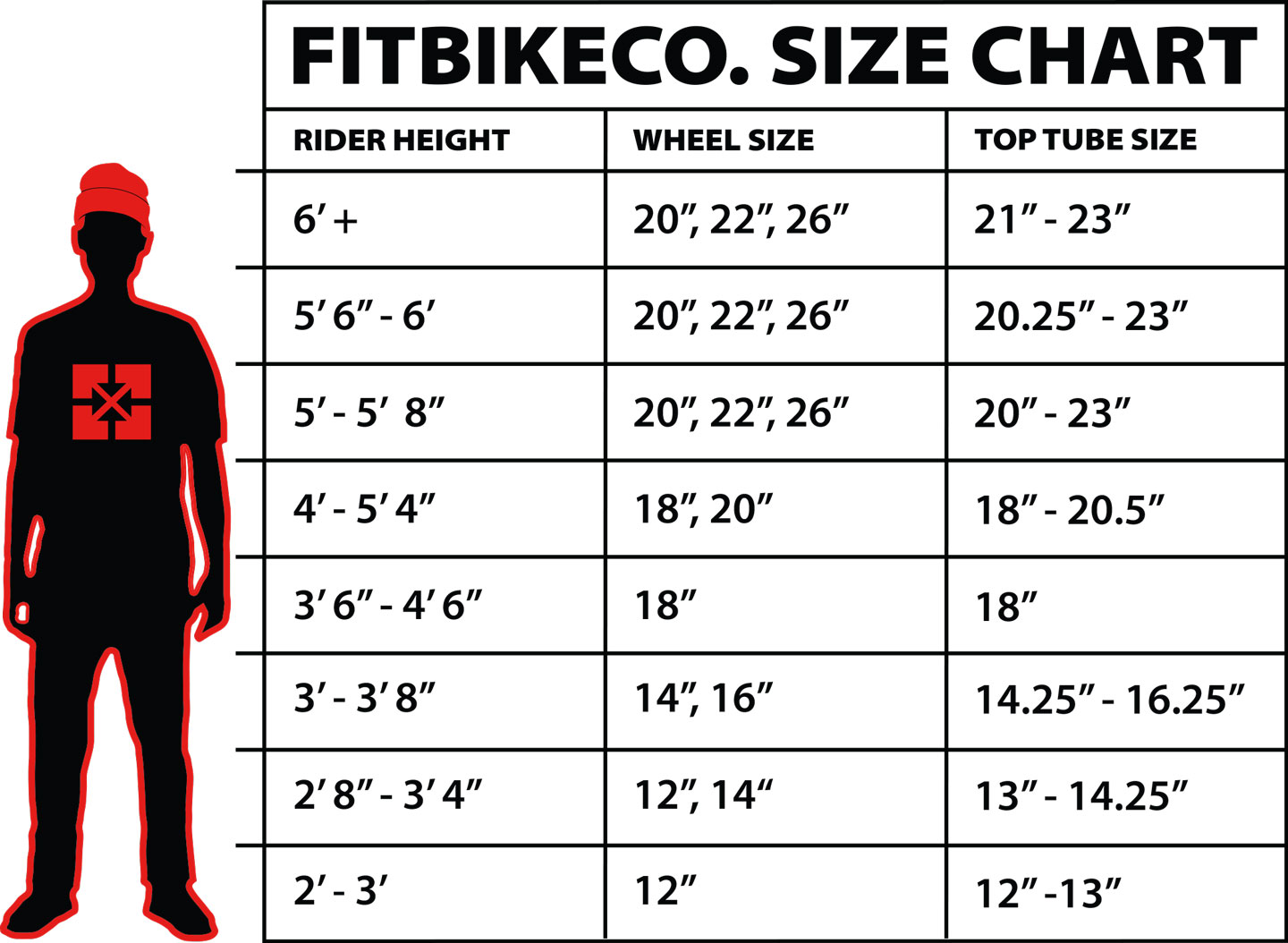Why Frame Size Matters for a Comfortable Ride
A comfortable ride is essential for cyclists of all levels, and choosing the right bike frame size is crucial in achieving this comfort. A well-fitting bike frame can make all the difference in reducing discomfort, pain, and fatigue, allowing riders to perform at their best. On the other hand, a poor fit can lead to a range of issues, including back and neck pain, numbness in the hands and feet, and decreased performance. For riders of average height, such as those who are 5’6″, finding the perfect bike frame size is crucial for a comfortable and efficient ride. A bike that is too small or too large can affect the rider’s posture, balance, and overall riding experience. By understanding the importance of frame size and how it affects the riding experience, cyclists can take the first step towards finding their ideal bike and enjoying a more comfortable ride.
Determining Your Ideal Frame Size: A Step-by-Step Guide
To find the perfect bike frame size, it’s essential to take a few measurements and consider your riding style. Here’s a step-by-step guide to help you determine your ideal bike frame size:
Step 1: Measure Your Inseam – Stand against a wall with your feet shoulder-width apart, and measure the distance from the floor to the top of your inner thigh. This will give you an idea of your leg length and help you determine the minimum standover height required.
Step 2: Measure Your Arm Length – Measure the distance from the tip of your middle finger to the top of your shoulder. This will help you determine the ideal handlebar height and reach.
Step 3: Consider Your Riding Style – Are you a casual rider or an avid cyclist? Do you prefer a more upright riding position or a more aggressive, aerodynamic position? Your riding style will influence the type of bike and frame size that’s best for you.
Step 4: Use Online Frame Size Calculators – Many bike manufacturers and online retailers offer frame size calculators that can help you determine your ideal frame size based on your measurements and riding style.
By following these steps, you’ll be able to determine your ideal bike frame size and find a bike that fits you perfectly. Remember, a well-fitting bike is essential for a comfortable and efficient ride, especially for 5’6″ riders who require a specific bike frame size to ensure optimal performance and comfort.
How to Choose the Right Bike Frame Size for Your Height: A 5’6″ Rider’s Guide
As a 5’6″ rider, finding the right bike frame size is crucial for a comfortable and efficient ride. With so many options available, it can be overwhelming to determine the ideal frame size. Here’s a guide to help you choose the right bike frame size for your height:
Ideal Frame Size Range – For 5’6″ riders, the ideal frame size range is typically between 54cm and 56cm. However, this can vary depending on the type of bike and the manufacturer’s sizing chart.
Standover Height – When choosing a bike frame size, standover height is a critical factor to consider. The standover height should be at least 1-2 inches below your inseam to ensure a comfortable and safe riding experience.
Seatpost Height – The seatpost height should be adjustable to accommodate your leg length. Look for a bike with a seatpost that can be adjusted to fit your leg length, ensuring a comfortable riding position.
Handlebar Height – The handlebar height should be comfortable for your arm length and riding style. Look for a bike with adjustable handlebars or a bike that offers a range of handlebar heights to ensure a comfortable fit.
Other Factors to Consider – In addition to standover height, seatpost height, and handlebar height, consider other factors such as top tube length, head tube angle, and seat tube angle. These factors can affect the fit and ride of the bike, so it’s essential to consider them when choosing a bike frame size.
By considering these factors and the ideal frame size range, 5’6″ riders can find a bike that fits perfectly, providing a comfortable and efficient ride. Remember, the right bike frame size for 5’6″ riders is crucial for optimal performance and comfort.
Understanding Bike Frame Geometry: What You Need to Know
When it comes to choosing the right bike frame size, understanding bike frame geometry is crucial. Bike frame geometry refers to the measurements and angles of the bike frame, which affect the fit and ride of the bike. Here are the key aspects of bike frame geometry to consider:
Top Tube Length – The top tube length is the horizontal distance between the seatpost and the handlebars. A longer top tube length can provide a more comfortable riding position, while a shorter top tube length can be more suitable for riders with shorter arms.
Head Tube Angle – The head tube angle is the angle at which the fork meets the frame. A steeper head tube angle can provide a more responsive ride, while a slacker head tube angle can provide a more stable ride.
Seat Tube Angle – The seat tube angle is the angle at which the seatpost meets the frame. A steeper seat tube angle can provide a more efficient pedaling position, while a slacker seat tube angle can provide a more comfortable riding position.
These factors can affect the fit and ride of the bike, making it essential to consider them when choosing a bike frame size. For 5’6″ riders, a bike with a top tube length between 54cm and 56cm, a head tube angle between 68° and 72°, and a seat tube angle between 73° and 75° can provide a comfortable and efficient ride.
By understanding bike frame geometry, 5’6″ riders can make an informed decision when choosing a bike frame size, ensuring a comfortable and efficient ride. Remember, the right bike frame size for 5’6″ riders is crucial for optimal performance and comfort.
Top Bike Models for 5’6″ Riders: A Review of Popular Options
When it comes to finding the right bike frame size for 5’6″ riders, there are several popular models to consider. Here are some top bike models that are suitable for 5’6″ riders, including road bikes, mountain bikes, and hybrid bikes:
Road Bikes:
The Trek Emonda ALR 4 is a popular road bike that offers a comfortable ride and efficient performance. With a frame size range of 52cm to 58cm, it’s an excellent option for 5’6″ riders. The Specialized Allez is another popular road bike that features a lightweight frame and responsive handling. It’s available in a range of frame sizes, including 54cm and 56cm, making it suitable for 5’6″ riders.
Mountain Bikes:
The Giant TCX Advanced 29 2 is a popular mountain bike that offers a comfortable ride and efficient performance. With a frame size range of 15.5 inches to 21 inches, it’s an excellent option for 5’6″ riders. The Trek Fuel EX 2 is another popular mountain bike that features a lightweight frame and responsive handling. It’s available in a range of frame sizes, including 17.5 inches and 19 inches, making it suitable for 5’6″ riders.
Hybrid Bikes:
The Specialized Sirrus Sport is a popular hybrid bike that offers a comfortable ride and efficient performance. With a frame size range of 52cm to 58cm, it’s an excellent option for 5’6″ riders. The Giant Contend 3 is another popular hybrid bike that features a lightweight frame and responsive handling. It’s available in a range of frame sizes, including 54cm and 56cm, making it suitable for 5’6″ riders.
When choosing a bike, it’s essential to consider factors such as riding style, budget, and component compatibility. By considering these factors and the ideal bike frame size for 5’6″ riders, you can find a bike that provides a comfortable and efficient ride.
Factors to Consider When Upgrading or Buying a New Bike
When buying a new bike or upgrading your current one, there are several factors to consider in addition to bike frame size for 5’6″ riders. These factors can affect the overall performance, comfort, and efficiency of the bike, making it essential to consider them carefully:
Budget:
Setting a budget is crucial when buying a new bike or upgrading your current one. Bike prices can vary greatly, depending on the type, quality, and brand. By setting a budget, you can narrow down your options and find a bike that meets your needs and fits your budget.
Riding Style:
Your riding style is another essential factor to consider when buying a new bike or upgrading your current one. If you’re a casual rider, a hybrid bike may be suitable. If you’re a serious road rider, a road bike with a lightweight frame and responsive handling may be more suitable.
Component Compatibility:
When upgrading your current bike, it’s essential to consider component compatibility. Ensure that the new components are compatible with your existing bike frame and other components to avoid compatibility issues.
Additional Features:
Some bikes may come with additional features, such as suspension, disc brakes, or gear systems. Consider whether these features are essential for your riding style and needs.
By considering these factors in addition to bike frame size for 5’6″ riders, you can find a bike that meets your needs, fits your budget, and provides a comfortable and efficient ride.
Common Mistakes to Avoid When Choosing a Bike Frame Size
When choosing a bike frame size, there are several common mistakes to avoid to ensure a comfortable and efficient ride. These mistakes can lead to discomfort, pain, and decreased performance, making it essential to be aware of them:
Relying Solely on Manufacturer’s Size Charts:
Manufacturer’s size charts can be a useful guide, but they should not be the only factor considered when choosing a bike frame size. Individual factors, such as leg length and arm length, can affect the fit of the bike, and relying solely on size charts can lead to a poor fit.
Not Considering Individual Factors:
Leg length, arm length, and riding style are all individual factors that can affect the fit of the bike. Failing to consider these factors can lead to a bike that is too small or too large, resulting in discomfort and decreased performance.
Not Test-Riding the Bike:
Test-riding a bike is essential to ensure a comfortable and efficient ride. Failing to test-ride a bike can lead to a poor fit, and discomfort or pain during riding.
Not Considering Bike Frame Geometry:
Bike frame geometry, including top tube length, head tube angle, and seat tube angle, can affect the fit and ride of the bike. Failing to consider these factors can lead to a bike that is not suitable for the rider’s needs.
By avoiding these common mistakes, 5’6″ riders can ensure they find a bike frame size that provides a comfortable and efficient ride. Remember to consider individual factors, test-ride the bike, and consider bike frame geometry to find the perfect fit.
Conclusion: Finding the Perfect Fit for a Comfortable and Efficient Ride
In conclusion, choosing the right bike frame size is crucial for a comfortable and efficient ride. A poor fit can lead to discomfort, pain, and decreased performance, making it essential to consider individual factors, such as leg length, arm length, and riding style, when selecting a bike frame size.
For 5’6″ riders, finding the perfect fit is especially important. By considering the ideal frame size range, factors such as standover height, seatpost height, and handlebar height, and understanding bike frame geometry, riders can ensure a comfortable and efficient ride.
To ensure the perfect fit, 5’6″ riders should:
- Measure their inseam, arm length, and riding style to determine their ideal bike frame size
- Consider factors such as standover height, seatpost height, and handlebar height when selecting a bike frame size
- Understand bike frame geometry, including top tube length, head tube angle, and seat tube angle
- Avoid common mistakes, such as relying solely on manufacturer’s size charts and not considering individual factors
- Test-ride a bike to ensure a comfortable and efficient ride
By following these guidelines, 5’6″ riders can find the perfect bike frame size for a comfortable and efficient ride. Remember, the right bike frame size is essential for a enjoyable and successful riding experience.








